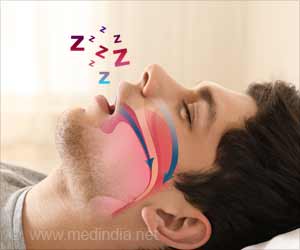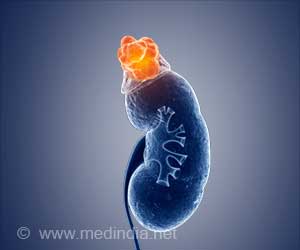In fact, MSA can be separated into a parkinsonism subtype or a cerebellar subtype based on whether the resultant movement-related symptoms bear greater similarity to one or the other. However, MSA also has other symptoms, with sleep disorders being common, but under-researched. As a result, we understand very little about the factors that influence the presence of sleep disorders in patients with MSA.
‘Male sex is associated with excessive daytime sleepiness [EDS], and rapid eye movement sleep behavior disorder [RBD] in patients with multiple system atrophy.
’
Being unable to sleep well makes life harder for these patients, who already suffer from the other symptoms of the condition; as such, emphasizing sleep disturbances is important for addressing patient needs.
With this in mind, researchers led by Dr. Hui-Fang Shang of Sichuan University in China set out to investigate three specific sleep disorders (Parkinson’s disease related sleep problems [PD-SP], excessive daytime sleepiness [EDS], and rapid eye movement sleep behavior disorder [RBD]) in patients with MSA.
Dr. Shang explains, “Our goal was to determine the frequency of these three sleep disturbances in MSA, including in both subtypes. We also wanted to know whether sleep disorders affected how severe MSA was.” Their findings have been published in Chinese Medical Journal.
After screening for MSA and excluding other neurological disorders, the researchers examined 165 patients using questionnaires to determine the presence of sleep-related symptoms and MSA severity. Dr. Shang and colleagues found that PD-SP occurred in 18.8% of patients, EDS in 27.3%, and RBD in 49.7%, whereas all three coexisted in 7.3% of patients.
They also showed that PD-SP and EDS, but not RBD, were more common in the parkinsonism subtype than in the cerebellar subtype. Their analysis adjusted for patient age, duration of MSA, and usage of drug treatment for MSA, meaning these three factors did not help explain the differences in sleep disorders across the two MSA subtypes.
And most importantly, greater the number of these sleep-related symptoms a patient had, more severe their MSA was.
The location and distribution of degenerating neurons are different between the two subtypes, with a wider range of brain areas affected in the parkinsonism form.
Because sleep disorders are associated with loss of dopaminergic and non-dopaminergic neurons (that is, neurons producing the neurotransmitter chemical dopamine), the results shed some light on the underlying biological causes of MSA.
“For me, this research emphasizes the need to focus more on sleep disorders when treating patients with MSA,” says Dr. Shang , explaining the scientific and clinical contributions of their work, “We are the first to perform such a systematic analysis of sleep-related symptoms in MSA, and any future research can build on what we did here to better understand this serious condition. Currently, MSA has no cure, so a greater emphasis on sleep disorders will help do two things: address the lower quality of life in these patients due to disturbed sleep, and provide scientific data for developing effective treatments.”
Source: Eurekalert



